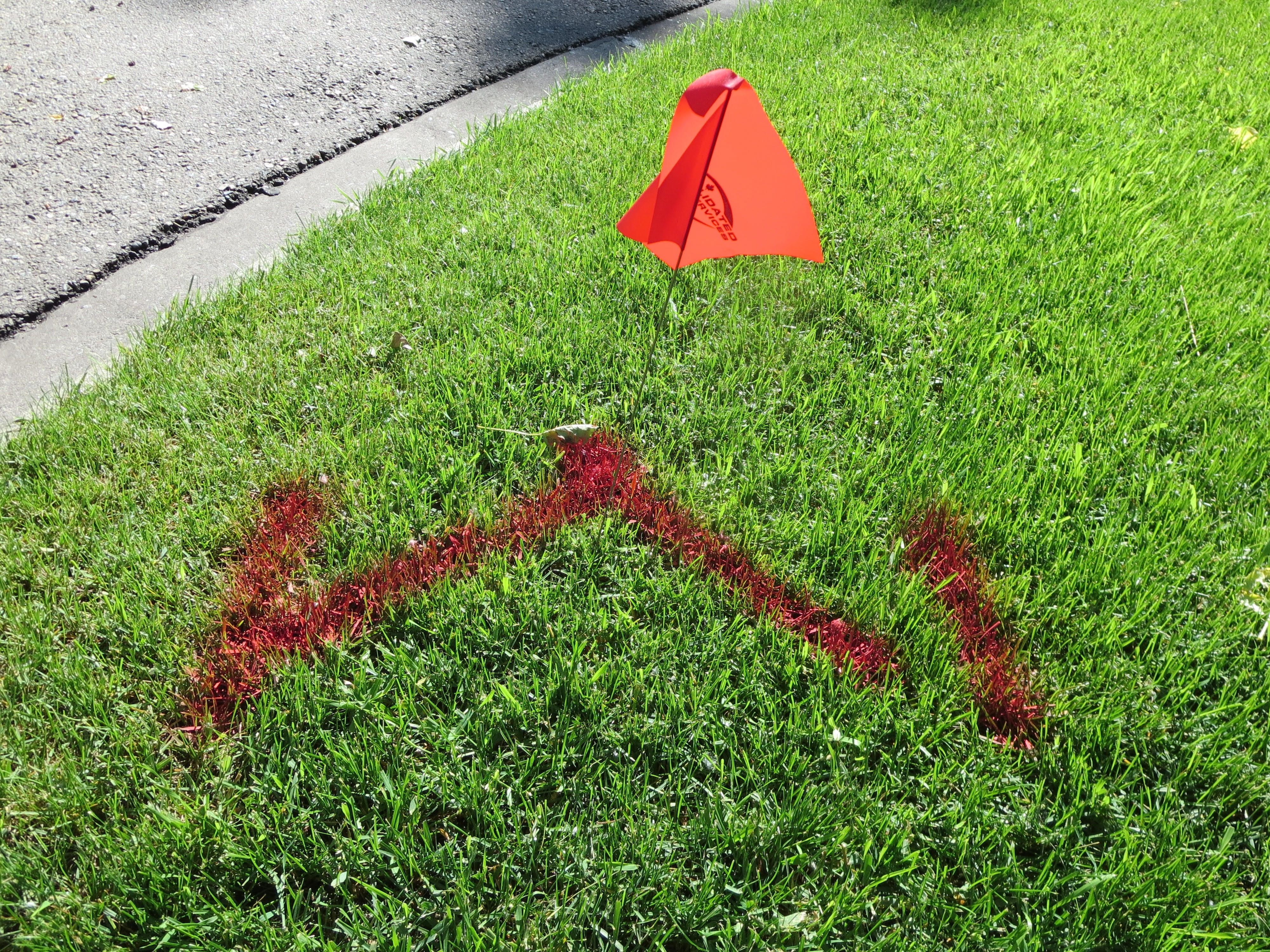Locating and Marking Summit
Print this Article | Send to Colleague
Locating and marking buried utilities is arguably the most critical step in the damage prevention process. While training is available, a provincially or nationally recognized locating and marking standard doesn’t exist. Over the last decade, there have been multiple discussions, meetings and endeavours to advance recognition of locating and marking as an occupation and measure its competency. Unfortunately, despite those efforts, training and competency measurement remains very much the way it has been for decades. Related to this are the associated challenges that have burdened the digging community and buried utility owners and operators for a very long time; namely, locate delays.
Alberta One-Call Corporation, now administering the services of the former Alberta Common Ground Alliance, in collaboration with the Canadian Association of Pipeline and Utility Locating Contractors, invited subject matter experts to an online Summit April 13, 2021 to engage in a Blue Sky discussion on locating and marking in Alberta. The meeting opened the floor to the following key topics:
- Locating and Marking Standard and Training
- Locating and Marking as a Career Path
- Locating and Marking Today and Tomorrow – What is the best path forward and how do we get there?
Encircling the challenges associated with locating and marking is the impact Alberta’s climate has on the digging season; ie: a year’s worth of excavation and construction activity to be jammed into seven or eight months — if we’re lucky — and we never truly know when the digging season will begin. An early spring can result in a flurry of excavation activity at a time when locating contractors are still training seasonal staff and unable to meet demand. And, a late spring can result in locating contractors holding the line. It’s a delicate balancing act but when there’s a delay, it can take weeks and even months for locating contractors to catch up, and those delays can get expensive. The digging community is forced to wait for buried utility owners to mark their assets or pay for a private locator to identify underground assets without the benefit of access to information from the utility owners.
Summit attendees discussed this reality at length and looked globally for possible solutions. An option that continues to attract attention is a locating certification model adopted in Australia. The model encourages buried utilities to be located and marked by a certified locator and it has gained considerable success.
The April 13 Summit was the first in what will be a series of future meetings designed to collaboratively and cooperatively address locating and marking challenges in Alberta. And while this inaugural meeting focused primarily on locating and marking delays, standards and competency, there is more to address. Moving this topic forward, the April 13 meeting resulted in a motion to create a task force to assess the viability of a locating and marking competency and training standard and report back with options for consideration.
If you’d like to participate in future discussions on this topic, email us at info@albertaonecall.com and place “Locating and Marking Summit” in the subject line.


